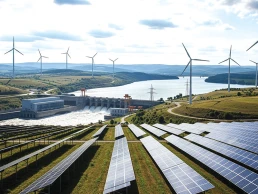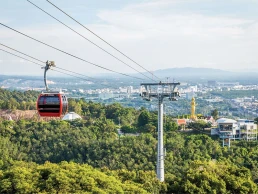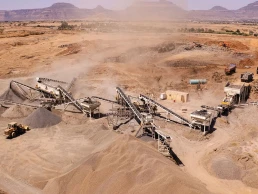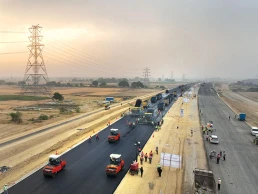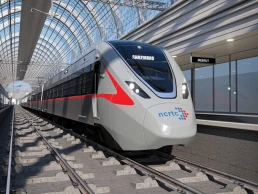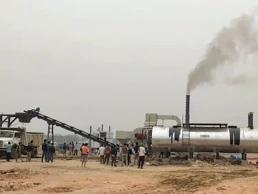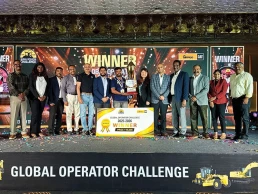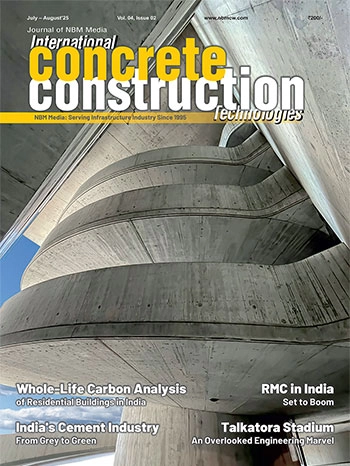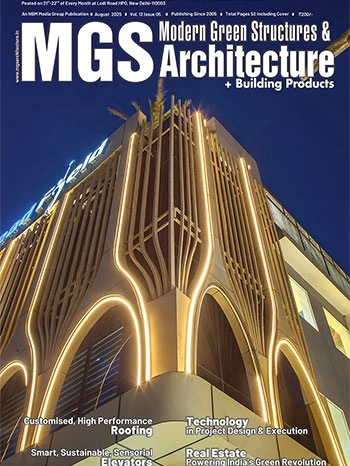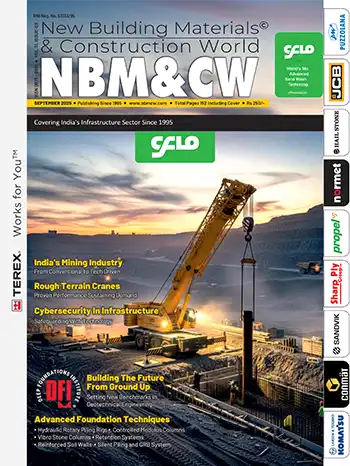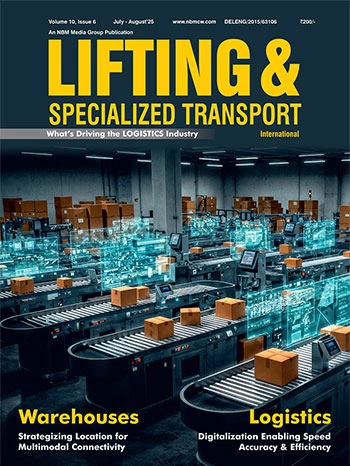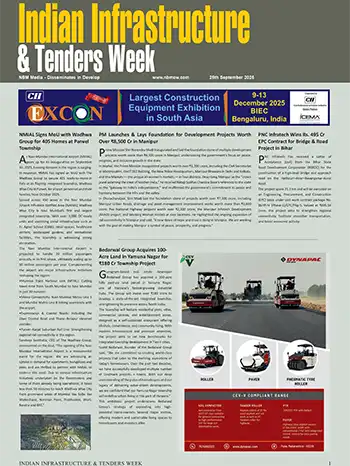PMGSY Achieves 7.83 Lakh Km Road Completion, Transforms Rural India with All-Weather Connectivity

As of August 1, 2025, the Pradhan Mantri Gram Sadak Yojana (PMGSY) has sanctioned 8.38 lakh km of rural road length across India, with 7.83 lakh km already completed. Through PMGSY-I, over 1.62 lakh habitations have been connected with all-weather roads. Under PMGSY-III, the scheme has linked 6.96 lakh rural facilities, including 1.38 lakh agricultural markets, 1.46 lakh educational centers, 82,000 medical facilities, and 3.28 lakh transport and service centers.
Impact assessment studies by reputed institutions such as NITI Aayog’s DMEO, World Bank, BITS Pilani, IIM Ahmedabad, and ILO have consistently highlighted PMGSY's role in transforming rural infrastructure and livelihoods. The DMEO study (2020) confirmed alignment with SDGs 2 and 9, noting enhanced access to markets, education, healthcare, and livelihood opportunities, leading to long-term poverty reduction.
According to the World Bank (2018), PMGSY roads led to an 8% rise in crop market volumes, a 13% boost in non-farm employment, and a 30% decline in home deliveries, reflecting improved healthcare access. Farmers also traveled farther to obtain better prices, indicating stronger market integration.
The BITS Pilani study (2016) found increased school enrollment, especially among girls, better access to healthcare, and greater female participation in financial decisions. It also noted a rise in rural commuting for urban jobs. The World Bank's earlier study (2014) in Jharkhand, Rajasthan, and Himachal Pradesh reported higher incomes, economic diversification, and enhanced mobility, particularly among women.
The ILO (2015) highlighted shifts in cropping patterns, rising rural incomes, and improved awareness of sanitation and hygiene. IIM Ahmedabad (2017) confirmed faster travel, better connectivity to administrative centers, and superior road quality under PMGSY, with notable benefits for economically weaker rural communities.
To ensure road quality, PMGSY follows a robust three-tier monitoring system. First-tier internal checks are conducted by implementing agencies through in-house labs. Second-tier monitoring is carried out by State Quality Monitors (SQMs), and third-tier inspections are done by National Quality Monitors (NQMs) deployed by the Ministry of Rural Development for surprise audits. These mechanisms directly impact quality control and funding decisions.
Technological tools like the Online Management, Monitoring and Accounting System (OMMAS) and GIS-based geo-tagging ensure transparency, track progress, and strengthen compliance. To meet terrain and climate challenges, the program also promotes the use of innovative materials and sustainable technologies such as cement stabilization, panelled concrete, and geotextiles like coir and jute.
PMGSY continues to play a transformative role in boosting rural connectivity, improving socio-economic indicators, and driving inclusive growth across India's villages.

































